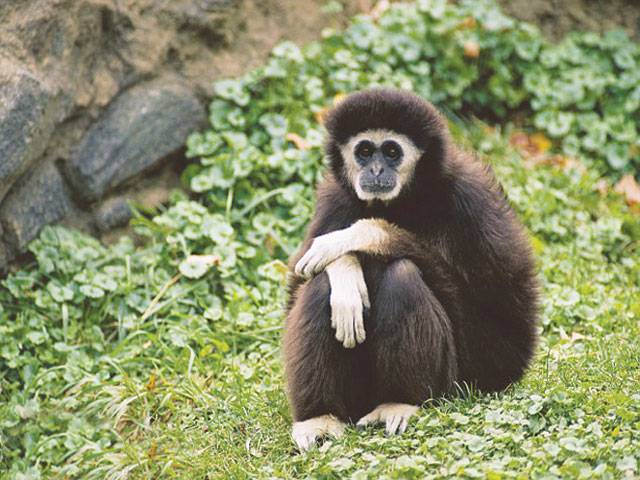Barcelona (MOL): Scientists have discovered a new species of small ape that may have been the last common ancestor to humans, chimpanzees and gibbons. Named Pliobates cataloniae, the species existed around 14 million years ago, before the evolutionary split between ‘large apes’ and ‘lesser apes’. The discovery fills a gap in the fossil record, and suggests that root of the entire ape family tree evolved from a far smaller creature than previously believed. Living hominoids are a group of primates that includes the small-bodied apes, such as gibbons and siamangs. Collectively, they are known as Hylobatidae. Hominoids also include the larger-bodied great apes, such as orangutans, gorillas and chimpanzees. Along with humans, they belong to the family Hominidae. Pliobates cataloniae was found to have features of both groups, suggesting it was one of our last common ancestors. The partial skeleton that led to the announcement was discovered during the construction of a landfill in Barcelona, Abocador de Can Mata.
It was made up of 70 fossils dated to 11.6 million years ago. The remains were so fragmentary that researchers relied on a virtual reconstruction based on high-resolution computed-tomography. Using the computer images, scientists discovered the fossils belonged to an adult female that weighed between 4kg and 5kg (9lbs and 11lbs). This made the species similar in size to a gibbon. Nicknamed Laia - after the patron of Barcelona - her skull and some parts of her postcranial skeleton were similar to living gibbons.
But her arm anatomy, specifically the wrist bones and the joint between the humerus and radius, had the basic design of living hominoids. This suggests she moved through the forest canopy by climbing and suspending below branches. Based on microscopic marks on her teeth, researchers believe Laia consumed soft fruits.
Friday, April 19, 2024
Oldest specie of ‘common ancestor’ found

3:56 PM | March 28, 2024
4:14 PM | March 23, 2024
Pak economy improving, funds will be provided on request: IMF
9:57 PM | April 19, 2024
Minister advocates for IT growth with public-private collaboration
9:57 PM | April 19, 2024
Judges' letter: IHC seeks suggestions from all judges
9:55 PM | April 19, 2024
Formula 1 returns to China for Round 5
9:05 PM | April 19, 2024
Germany head coach Julian Nagelsmann extends contract till 2026 World Cup
9:00 PM | April 19, 2024
A Tense Neighbourhood
April 19, 2024
Dubai Underwater
April 19, 2024
X Debate Continues
April 19, 2024
Hepatitis Challenge
April 18, 2024
IMF Predictions
April 18, 2024
Kite tragedy
April 19, 2024
Discipline dilemma
April 19, 2024
Urgent plea
April 19, 2024
Justice denied
April 18, 2024
AI dilemmas unveiled
April 18, 2024
ePaper - Nawaiwaqt
Advertisement
Nawaiwaqt Group | Copyright © 2024





